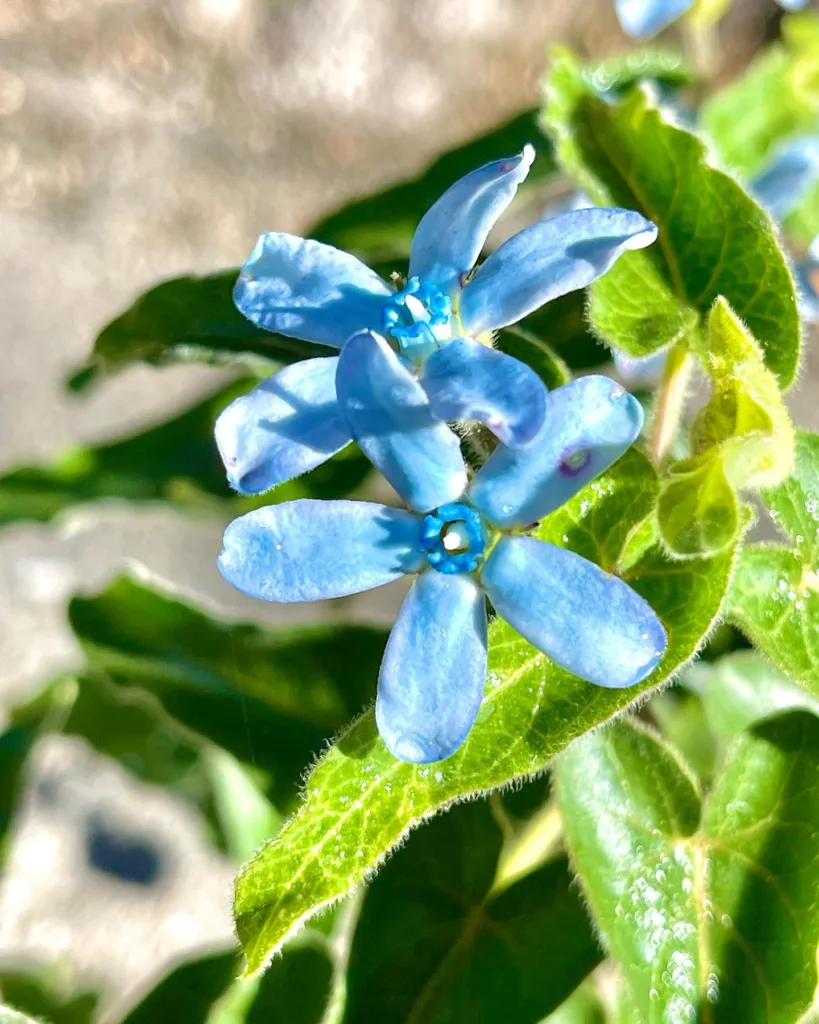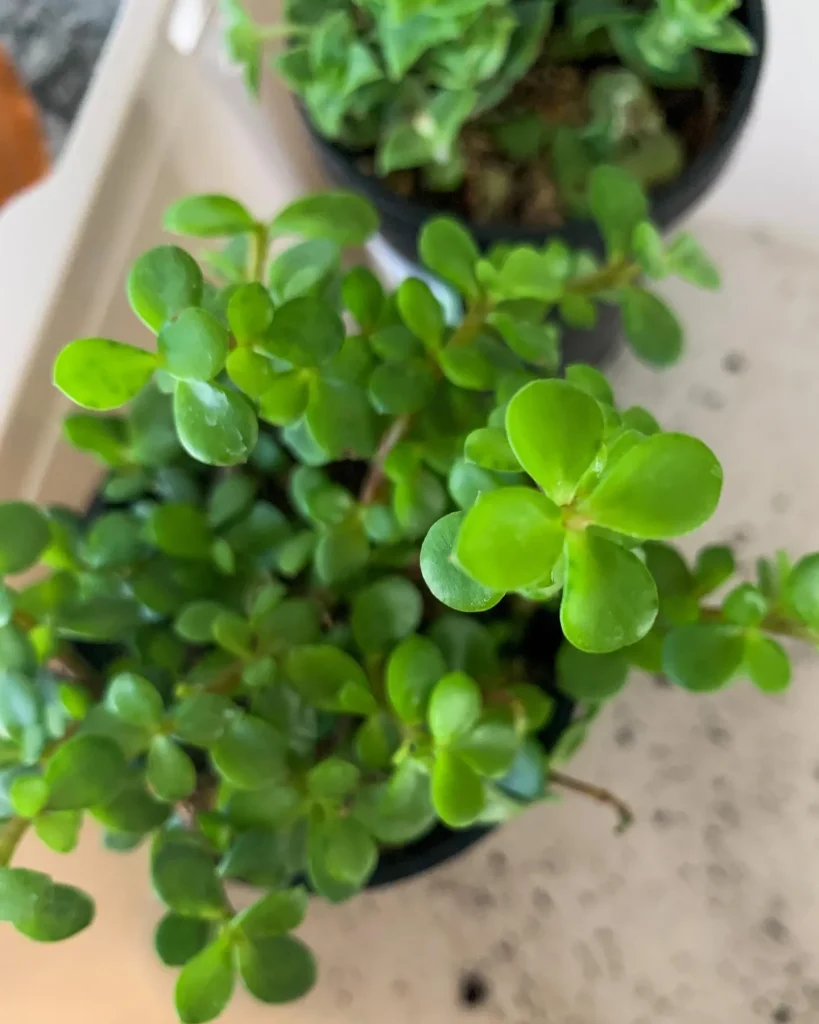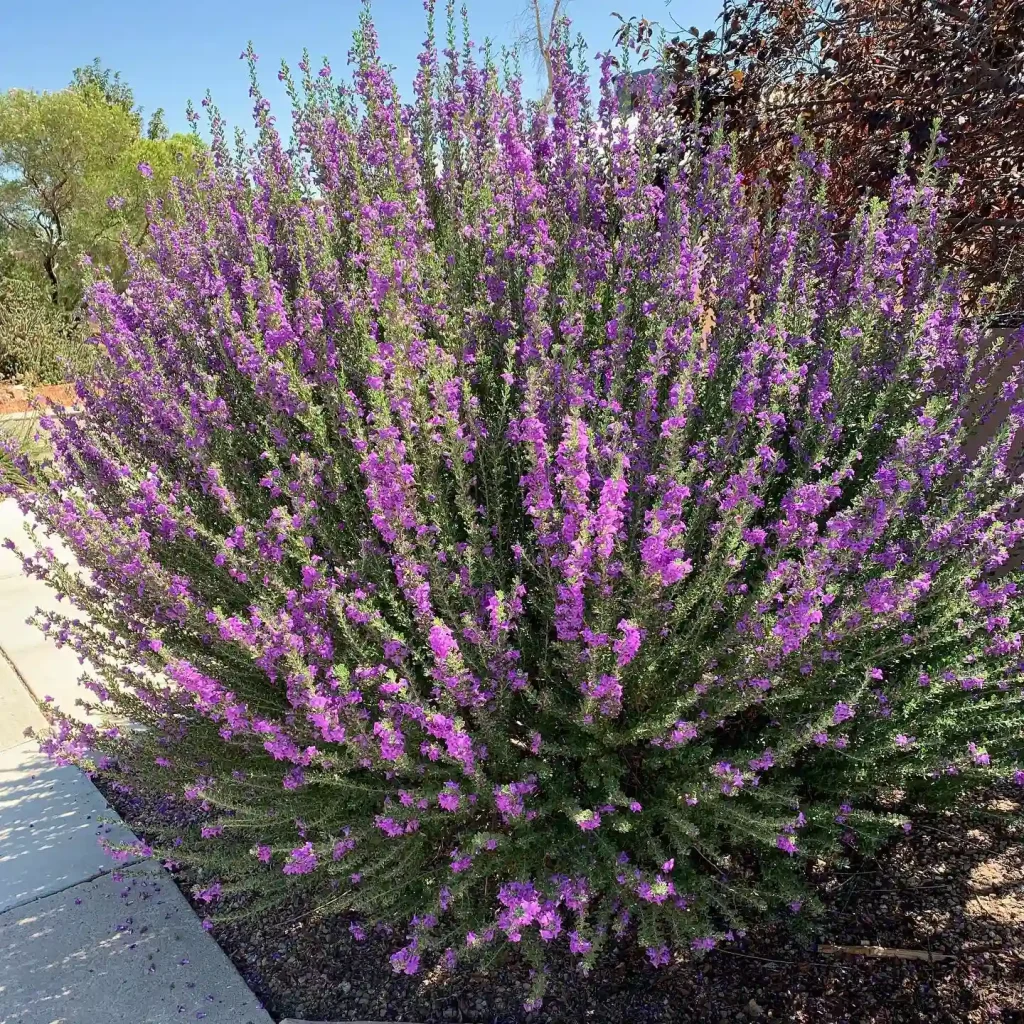An Unexpected Encounter: My Introduction to Stemonuraceae
I’ve always had a fascination with the natural world. As a seasoned botanist, I’ve spent countless hours exploring diverse ecosystems, documenting my findings, and sharing my knowledge with others. One of my recent adventures led me to the intriguing world of Stemonuraceae, a plant family that, until recently, was largely unknown to me.
Stemonuraceae: A Hidden Gem
Stemonuraceae is a relatively small family of flowering plants, comprising approximately 12 genera and around 95 species. These plants are primarily found in tropical and subtropical regions, with a particular concentration in Southeast Asia, Australia, and the Pacific Islands. They typically inhabit rainforests, cloud forests, and other humid environments, often growing as shrubs or small trees.
The Allure of Diversity
One of the most captivating aspects of Stemonuraceae is its remarkable diversity. The family encompasses a wide range of growth forms, from sprawling vines to towering trees. The leaves exhibit a variety of shapes, sizes, and textures, while the flowers showcase an array of colors, from vibrant reds and yellows to delicate whites and pinks. This diversity makes Stemonuraceae a treasure trove for botanists and nature enthusiasts alike.
A Closer Look: The Genera of Stemonuraceae
Stemonuraceae is divided into several distinct genera, each with its unique characteristics and distribution. Some of the most notable genera include:
- Stemonurus: This genus is the largest in the family, encompassing around 50 species. Stemonurus plants are typically shrubs or small trees, with simple, alternate leaves and small, inconspicuous flowers.
- Whitmorea: This genus comprises about 10 species, primarily found in Southeast Asia. Whitmorea plants are often characterized by their large, leathery leaves and showy, fragrant flowers.
- Cantleya: This genus is endemic to Australia, with only two known species. Cantleya plants are distinguished by their distinctive fruits, which are covered in a dense layer of hairs.
- Gomphandra: This genus includes around 20 species, distributed across Southeast Asia and the Pacific Islands. Gomphandra plants are typically shrubs or small trees, with simple, opposite leaves and small, greenish flowers.
- Lasianthera: This genus comprises about 10 species, found in tropical Africa and Madagascar. Lasianthera plants are often characterized by their hairy leaves and stems, as well as their small, greenish-yellow flowers.
- Codiocarpus R.A.Howard
- Discophora Miers
- Gastrolepis Tiegh.
- Grisollea Baill.
- Hartleya Sleumer
- Irvingbaileya R.A.Howard
- Medusanthera Seem.
The Ecological Importance of Stemonuraceae
Stemonuraceae plays a vital role in the ecosystems it inhabits. The plants provide food and shelter for a variety of animals, including insects, birds, and mammals. The flowers attract pollinators, while the fruits serve as a source of nourishment for frugivores. In addition, Stemonuraceae contributes to the overall health and stability of forest ecosystems by regulating water cycles, preventing soil erosion, and providing habitat for a diverse range of organisms.
Conservation Concerns
Despite their ecological importance, many Stemonuraceae species face threats due to habitat loss, deforestation, and overexploitation. As rainforests and other natural habitats continue to dwindle, the survival of these plants is increasingly at risk. Conservation efforts are crucial to protect Stemonuraceae and ensure its continued presence in the world’s ecosystems.
Growing Stemonuraceae Plants
If you’re considering adding some Stemonuraceae plants to your garden, there are a few things to keep in mind. These plants typically prefer well-draining soil and thrive in partially shaded areas. I’ve found that providing adequate moisture without waterlogging is key to keeping them healthy.
When planting, it’s essential to research the specific requirements of each genus. For instance, while Stemonurus may prefer slightly more shade, Eriostemon thrives in full sun. I always recommend checking local climate conditions and understanding how each plant will fit into your garden’s ecosystem.
Conclusion
The Stemonuraceae family may not be as widely known as others, but its diversity and ecological importance make it worth exploring. Each genus within this family offers unique characteristics and potential benefits for gardens and ecosystems alike. My journey with the Stemonuraceae has deepened my appreciation for the intricate relationships between plants and their environments. I encourage fellow plant lovers to delve into this family and discover its wonders—who knows what hidden gems you might find along the way!
If i die, water my plants!



